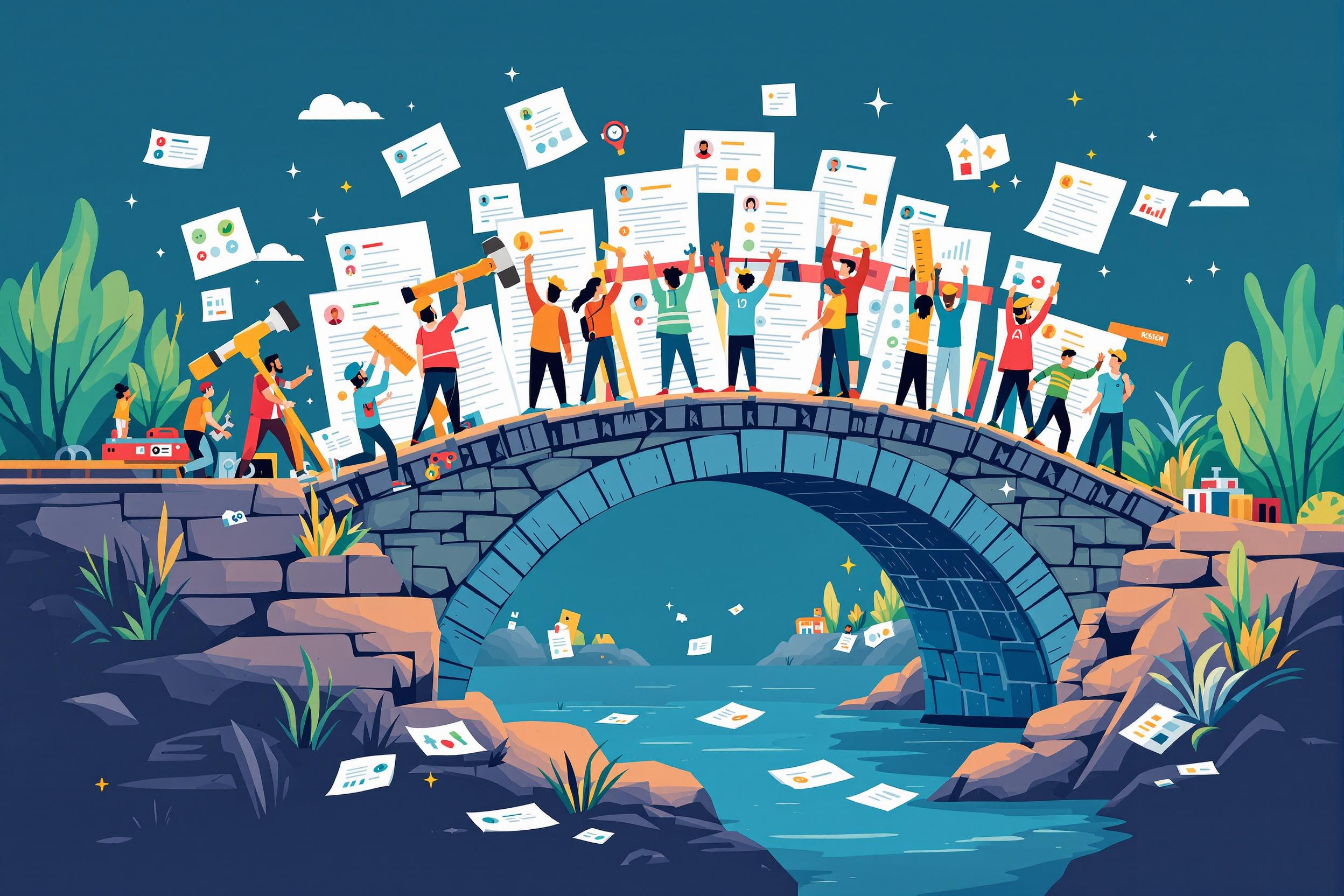
Perfect Binding
Perfect Binding is a popular method used in magazine and book production where pages are glued together at the spine rather than being stapled or stitched. This creates a flat, square-edged spine that you typically see on high-quality magazines, paperback books, and thick catalogs. It's considered more prestigious than staple binding and is often used for publications with higher page counts. When people in publishing talk about 'perfect bound' materials, they're referring to this professional finishing method that gives magazines and books that bookstore-quality look.
Examples in Resumes
Managed production of 12 Perfect Bound monthly magazines with 120+ pages each
Reduced production costs by 15% while maintaining Perfect Binding quality standards
Supervised transition from saddle-stitching to Perfect Bound format for flagship publication
Typical job title: "Print Production Managers"
Also try searching for:
Where to Find Print Production Managers
Professional Associations
Job Boards
Industry Networks
Example Interview Questions
Senior Level Questions
Q: How would you manage a transition from staple binding to perfect binding for a monthly magazine?
Expected Answer: Should discuss cost analysis, vendor selection, timeline planning, quality control measures, and how to maintain production schedules during the transition. Should also mention reader feedback collection and budget considerations.
Q: What factors do you consider when choosing between perfect binding and alternative binding methods?
Expected Answer: Should explain considerations like publication thickness, budget constraints, target audience expectations, durability requirements, and production timeline impacts. Should demonstrate knowledge of cost-benefit analysis.
Mid Level Questions
Q: What quality control measures do you use for perfect bound publications?
Expected Answer: Should discuss spine alignment checks, pull tests for page security, visual inspections, proper drying time, and quality sampling procedures throughout the print run.
Q: How do you handle common perfect binding issues like page pull-out or spine cracking?
Expected Answer: Should explain troubleshooting steps, working with bindery vendors, paper stock selection importance, and preventive measures to avoid common binding problems.
Junior Level Questions
Q: What are the basic requirements for a publication to be perfect bound?
Expected Answer: Should mention minimum page count requirements, paper stock considerations, and basic understanding of the glue binding process versus other binding methods.
Q: What are the advantages of perfect binding over staple binding?
Expected Answer: Should discuss professional appearance, ability to handle higher page counts, printable spine capability, and perceived value to readers.
Experience Level Indicators
Junior (0-2 years)
- Basic understanding of binding methods
- Quality inspection of finished products
- Communication with print vendors
- Production schedule tracking
Mid (2-5 years)
- Vendor management
- Quality control procedures
- Cost estimation
- Problem-solving binding issues
Senior (5+ years)
- Strategic production planning
- Budget management
- Team leadership
- Process optimization
Red Flags to Watch For
- No knowledge of basic binding methods
- Unfamiliarity with print production schedules
- Lack of quality control experience
- No understanding of paper stocks and their impact on binding
Need more hiring wisdom? Check these out...

Resume Optimizations that Candidates Do to Get Past AI Hiring Filters

From Passive to Active: Nurturing Candidates Over the Long Haul

Beyond Resumes: How Competency-Based Hiring Transforms Talent Acquisition

